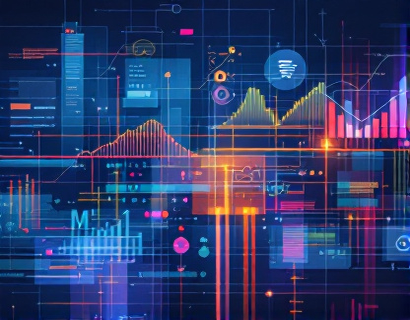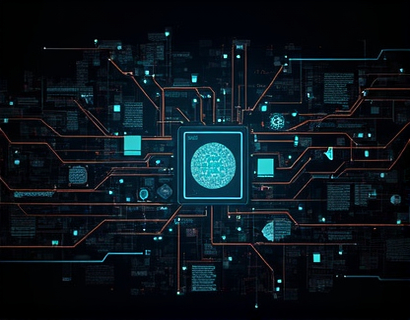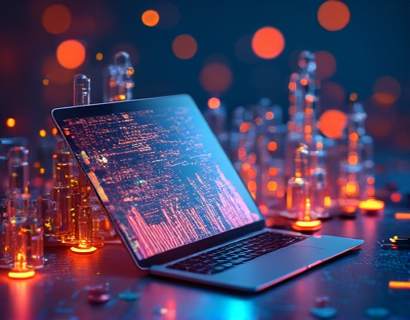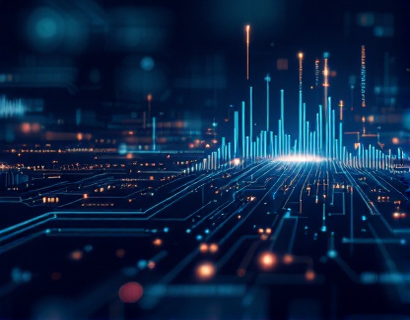Advanced Cybersecurity Strategies for High-Net-Worth Individuals, Celebrities, and Cryptocurrency Professionals
In the realm of digital assets and high-stakes financial transactions, cybersecurity is not just a recommendation but a necessity. For high-net-worth individuals (HNWIs), celebrities, and entrepreneurs, especially those involved in the cryptocurrency sector, the risks are magnified. This article delves into the advanced digital defense strategies and operational security measures tailored to protect the digital assets and personal data of these vulnerable yet valuable targets from sophisticated cyber threats.
Understanding the Threat Landscape
The cybersecurity landscape for HNWIs, celebrities, and cryptocurrency professionals is uniquely challenging. These individuals often possess a high profile, substantial wealth, and valuable digital assets, making them prime targets for cybercriminals. The threat actors are sophisticated, employing advanced techniques such as phishing, ransomware, malware, and even social engineering to breach security measures. Understanding this landscape is crucial for developing effective defense strategies.
Tailored Cybersecurity Solutions
Given the unique risks faced by HNWIs, celebrities, and cryptocurrency professionals, cybersecurity solutions must be tailored to their specific needs. This involves a multi-layered approach that combines cutting-edge technology, expert human oversight, and continuous monitoring. The goal is to create a robust security framework that not only protects against known threats but also anticipates and mitigates emerging risks.
Advanced Authentication Mechanisms
One of the first lines of defense is implementing advanced authentication mechanisms. Traditional passwords are increasingly inadequate against modern cyber threats. Multi-factor authentication (MFA) is essential, combining something the user knows (a password), something they have (a physical token or mobile device), and something they are (biometric verification). For high-stakes environments, zero-trust authentication models can be employed, requiring continuous verification and validation of user identities.
Encryption and Data Protection
Encryption is a fundamental component of cybersecurity. All sensitive data, both at rest and in transit, should be encrypted using strong, industry-standard algorithms. This ensures that even if data is intercepted or accessed unauthorized, it remains unreadable and useless to attackers. Additionally, implementing end-to-end encryption for communications and using secure file transfer protocols can further enhance data protection.
Network Security Measures
Robust network security is critical for safeguarding digital assets. This includes deploying firewalls, intrusion detection and prevention systems (IDPS), and virtual private networks (VPNs) to create secure communication channels. Segmenting the network into isolated zones can limit the spread of malware and unauthorized access. Regularly updating and patching network devices and software is also vital to close security vulnerabilities.
Cryptocurrency-Specific Security
For those involved in the cryptocurrency sector, additional security measures are necessary. Hardware wallets provide a secure way to store private keys offline, reducing the risk of hacking. Cold storage solutions, such as paper wallets or secure vaults, offer an extra layer of protection. Monitoring blockchain transactions and using blockchain analytics tools can help detect and prevent unauthorized activities.
Operational Security Practices
Operational security (OpSec) involves practices that minimize the exposure of sensitive information and reduce the attack surface. This includes conducting regular security audits and risk assessments, implementing strict access controls, and enforcing least privilege principles. Employees and partners should undergo thorough background checks and security training to ensure they are aware of potential threats and know how to respond.
Incident Response and Recovery
Despite the best preventive measures, incidents can still occur. Having a well-defined incident response plan is crucial. This plan should outline the steps to take in the event of a security breach, including containment, eradication, recovery, and post-incident analysis. Regularly testing and updating the incident response plan ensures that the organization is prepared to handle any situation effectively.
Continuous Monitoring and Threat Intelligence
Continuous monitoring of networks, systems, and applications is essential for early detection of suspicious activities. Implementing security information and event management (SIEM) systems can help aggregate and analyze logs from various sources, providing real-time insights into potential threats. Subscribing to threat intelligence feeds can also provide valuable information on emerging threats and attack patterns, enabling proactive defense strategies.
Human Factor and Security Culture
No technical solution can fully replace the human element in cybersecurity. Cultivating a strong security culture within the organization is vital. This involves regular security awareness training, phishing simulations, and encouraging employees to report suspicious activities. Leadership must set the tone by prioritizing security and leading by example.
Partnerships and Collaboration
Collaboration with other security professionals and organizations can enhance overall security posture. Joining industry forums, participating in information-sharing groups, and engaging with cybersecurity experts can provide valuable insights and best practices. Partnering with reputable security firms for periodic assessments and audits can also help identify and address vulnerabilities.
Conclusion
For HNWIs, celebrities, and cryptocurrency professionals, the stakes of cybersecurity are incredibly high. By adopting advanced digital defense strategies and operational security measures, these individuals can significantly reduce the risk of cyber threats. A comprehensive approach that combines technology, processes, and human factors is essential in protecting their digital assets and personal data. In an increasingly complex digital landscape, staying vigilant and proactive is the key to maintaining security and peace of mind.










































